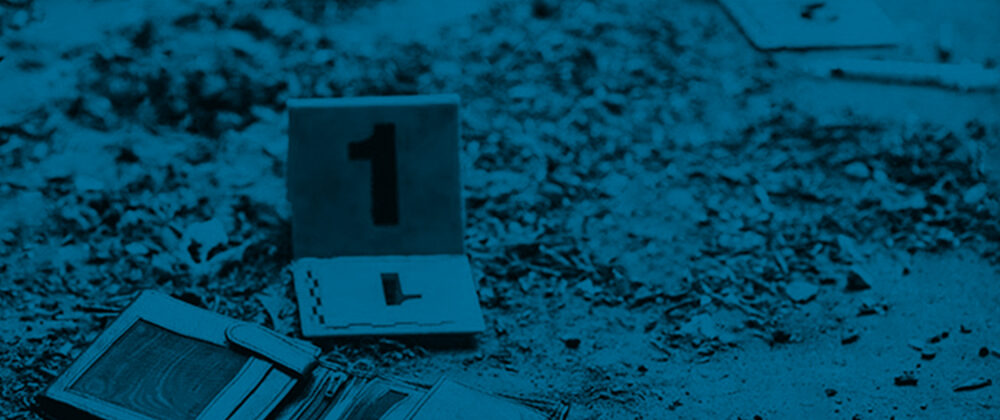Mastering evidence law is foundational to anyone building a civil-trial practice, be it personal injury, medical malpractice, business litigation or employment law. Yet the complexity of the evidence code, overlaid with thousands of reported cases, makes this a daunting task for law students and young lawyers alike. I’d like to propose a mental workflow that can help you evaluate how a piece of evidence fits into your client’s trial story from an evidence law standpoint. Consider these issues in sequence.

1. Purpose?
In the broadest terms, evidence is admissible for one of two reasons: It either proves or disproves a pled issue in the case, i.e. a cause of action or defense, or it impeaches or rehabilitates the credibility of a witness. FRE 401 establishes that if a piece of evidence is relevant to the pled issues, it is presumed to be relevant. In certain instances, the evidence code drills down on types of evidence, specifically deemed to be relevant for, e.g. similar acts, in civil cases involving sexual assault (FRE 415) and habit (FRE 406). The Rules also drill down on various modes of impeachment and rehabilitation (FRE 607-610).
2. Prejudice?
Even if a piece of evidence proves or disproves a claim or defense or impeaches or rehabilitates the credibility of a witness, it still may be excluded if the court finds the evidence to be too prejudicial, confusing or cumulative. Think of prejudice in two ways. First, FRE 403 establishes a general objection. Other Rules, for, e.g. FRE 407-411, establish specific objections for matters deemed otherwise prejudicial, such as subsequent remedial measures and offers to settle.
3. Privilege?
Evidence that is relevant or constitutes proper impeachment/rehabilitation and is not unduly prejudicial, might still be filtered out if it would reveal privileged matters. At a broad level, think about the attorney/client and work-product privileges. Typically (but not always), privilege issues crop up and are addressed in the pre-trial phase via motions in limine.
4. Predicate: Lay Witnesses?
Virtually every trial requires that a lay, i.e. fact witness, be called to the stand. At this phase of evidence analysis, we’ve reached the point where we’ve decided the evidence (here it’s testimony) is relevant or is proper impeachment/rehabilitation and is not otherwise going to be filtered out. Now our thinking needs to turn to the mechanics, i.e. predicate, for getting the evidence in. With lay or fact witnesses, think in terms of building blocks. One needs to lay a predicate or foundation by showing that the witness had the vantage point to speak knowledgably about an event. For example, an eye witness to a traffic accident must be placed near the scene with a sufficient visual or auditory perspective. Testimony lacking this foundation is speculative. In all aspects of laying a predicate, both here and later, trial counsel must consider whether the hearsay rules are implicated.
5. Predicate: Exhibits?
Like lay witnesses, exhibits must also meet the test of relevancy, etc., discussed above. Mechanically, the initial focus with exhibits (including documents) is establishing authenticity, i.e. the document facially appears to be what its proponent represents it to be. Consider authenticity to be a close cousin of competency. The idea is establishing reliability. The court must be satisfied there is some genuineness to the evidence before it’s admissible. Again, a hearsay analysis may be necessary.
6. Predicate: Expert Witness?
In many cases, the mechanics for eliciting an expert opinion (for e.g. testimony from a treating doctor) is straightforward enough: establish a factual basis for an opinion, show expertise, then lay out the opinion and its basis. Nonetheless, when opinions venture into less charted territory, then Daubert and its rules regarding the reliability of scientific and technical evidence must be considered. Hearsay is still a consideration too.
Think in terms of an alliterative set of “Ps”
- Purpose
- Prejudice
- Privilege
- Predicate
If you found this helpful, I’ve developed an evidence reference and learning product you should check out: Glance Charts Federal Evidence Quick Guide. If you aspire to be a trial lawyer, then learning the rules of evidence is a core task. Consider this model as a way to organize your thinking around the subject.


